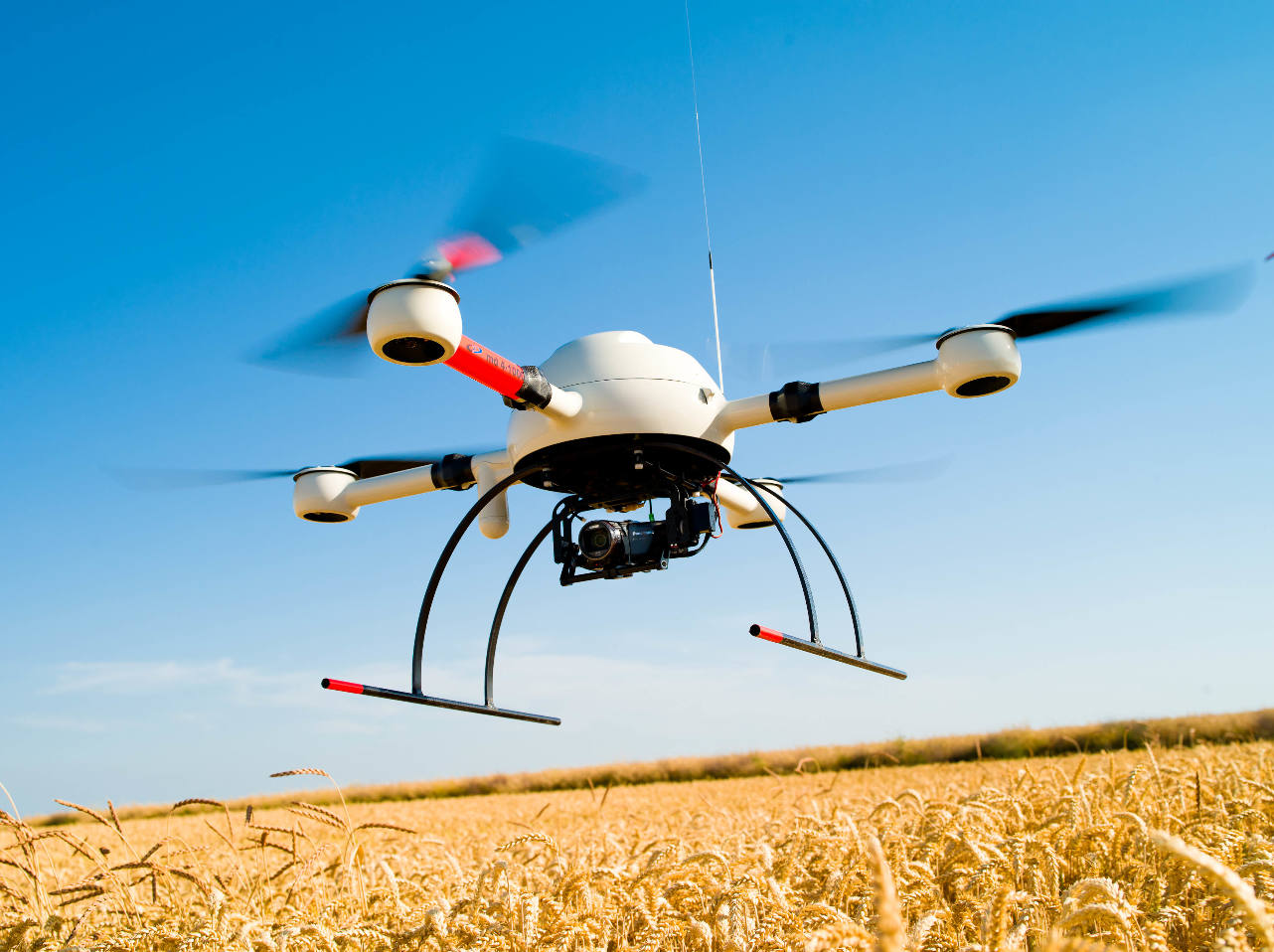A new study estimates that, by 2050, there will be some 7 million consumer leisure drones in operation across Europe, including a fleet of 400,000 drones offering important services across the agricultural, energy, e-commerce, transport as well as public sectors. With an estimated value of €15bn annually, this market represents a huge potential for Europe and its global competitiveness.
The study – published by the SESAR Joint Undertaking, the public-private partnership responsible for modernising European air traffic management – warns that the next years will be critical to ensuring the right ecosystem at European level is in place, all the main stakeholders are on board and research and innovation efforts are identified.
Market features predicted by the “SESAR Drones Outlook Study” for 2050 include:
* an agriculture sector where over 100,000 drones enable precision agriculture to help drive increased levels of productivity
* an energy sector where close to 10,000 drones limit risk of personnel and infrastructure by performing preventive maintenance inspections
* a fleet of nearly 100 000 drones to provide society with urgent service capabilities, such as transporting emergency medical supplies, and “premium” deliveries
* a fleet of approximately 50,000 drones providing authorities like police and fire forces with the means to more efficiently and effectively locate endangered citizens and assess hazards as they carry out civil protection and humanitarian missions
According to the study, unlocking the full potential of the market is dependent on the ability of these new vehicles to operate safely in various airspaces, including at very low altitude levels. This requires continued support to boost R&D capabilities and establish a suitable framework for the market to unfold.
Much of what still needs to be done relates to traffic management technology needs (such as detect and avoid and air/ground data communications), Air Traffic Management operational procedures, security and cyber reliance along with the availability of authorised and safe testing environments. Finally, the study notes that it will be critical to act quickly given the pace of global development in drone operations.

